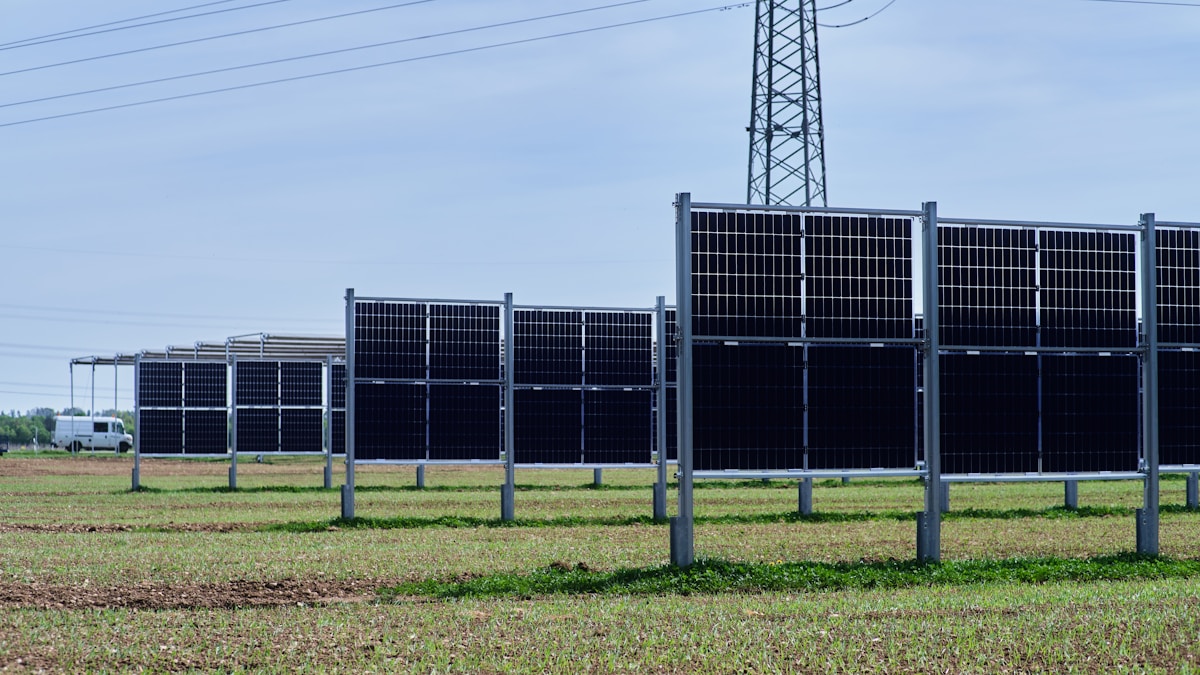Back to Industry News
Cleantech
Australia's Energy Storage Expansion Drives Grid Modernization
Summary generated with AI, editor-reviewed
Heartspace News Desk

Photo by Michael Förtsch on Unsplash
Key takeaways
- Australia significantly expands its energy storage capacity, aiming for greater grid stability and energy independence
- Federal initiatives like the $2
- 3 billion Cheaper Home Batteries Program subsidize residential battery installations by 30%
Australia significantly expands its energy storage capacity, aiming for greater grid stability and energy independence. Federal initiatives like the $2.3 billion Cheaper Home Batteries Program subsidize residential battery installations by 30%. The government also plans to increase the Capacity Investment Scheme to 40 GW by 2030, encouraging long-term infrastructure investment in generation and storage.
Battery storage capacity has surged 85% year-over-year. Major projects like the Waratah Super Battery and Melbourne Renewable Energy Hub are central to this growth. Experts predict large-scale installations will double by 2027. Over 185,000 household batteries are expected by 2024, supported by falling costs and state programs. Virtual power plants (VPPs) now play a key role in managing demand and grid stability, with recent reforms enabling their participation in wholesale markets.
Challenges remain, including maintaining grid stability and managing supply chain issues. Investors should consider companies with diverse supply chains and local mining partnerships. These developments support Australia's goal of reaching 82% renewable energy by 2030, presenting considerable investment opportunities in the sector.
Related Topics
energy storagegrid modernizationrenewable energyvirtual power plantsbattery installationsenergy policy
Want coverage like this for your company?
Local & industry wins build trusted proof, SEO/geo signals and prime national editors.
Check fit (2 min)